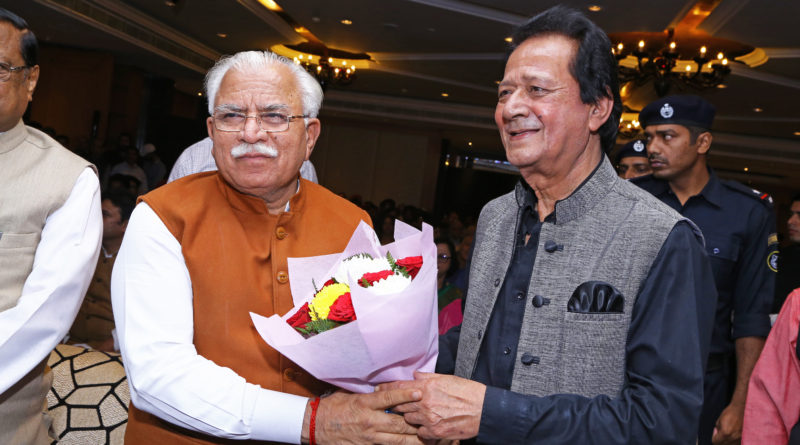A Gala Health Awards Event……
Dear readers,
Thanks for your continued support! We really appreciate your long association with us. You will be glad to know that this time we are bringing to you a special issue on Double Helical State Health Awards 2017 for Haryana, Punjab and Himachal Pradesh chapter.
The prestigious event of the Indian healthcare sector witnessed a high profile gentry including eminent doctors, bureaucrats, politicians and social workers. This initiative to recognise and honour innovation and dedication in healthcare was widely appreciated. The Double Helical award recipients are champion healers whose extraordinary efforts in fulfilling the goals, values, and mission of inclusive healthcare were duly recognised at a credible platform.
Celebrating and promoting the finest achievements in the medical field since 2016, Double Helical Awards have grown to become the most-sought-after event in healthcare sector. Honouring the healthcare professionals and institutions that have genuinely made a difference to people’s lives, Double Helical provides a platform to recognise innovation, people, products and services that are helping to transform the healthcare sector in the country and ushering in affordable, high quality and inclusive healthcare for patients. No wonder that Double Helical awards has become a mega annual event, keenly-awaited in the healthcare sector of the country.
This is the fourth time when the awards were conducted by the magazine. In March 2016, Double Helical launched the first Double Helical Conclave and National Health Awards in New Delhi to take a closer look at the current scenario, discuss the way forward for the sector and recognise and reward excellence in the healthcare arena. The discussions and speeches brought forth fresh perspectives through engaging dialogues with the healthcare visionaries, experts, and other key stakeholders, while the awards ceremony honoured the deserving professionals and institutions working for the betterment of healthcare services.
Apart from awards, this special issue also carries a very informative and breaking story Liver Transplants now possible with blood group mismatched and Organ Donation. in India, The main hurdle in incompatible liver transplant (ILT) is the presence of naturally occurring blood group-related antibodies in circulation ( Eg: O Blood group individual has anti-A & anti-B antibodies). In ILT blood group antigens on the donor-organ are recognized by the recipient leading to graft rejection, vascular and biliary complications.
Blood group-related antibody production begins in post-neonatal period and peaks at 8- 10 years of age. The peri-infancy period is advantageous for ILT due to naturally occurring low antibody titres and immature complement system. Hence aggressive immunosuppression can be avoided in the age-group for successful graft uptake with reduced.
India launched a very important ORGAN DONATION and TRANSPLANT programme on national level under the aegis of the National Organ and Tissue Transplant Organization (NOTTO) of the Ministry of Health & Family Welfare, Government of India.
The importance of this programme is based on the medical belief that organ transplant is essentially the only treatment for end stage failure of kidney, liver and heart, or tissue replacement in case of cornea and heart valves damage, etc. Each organ transplant requires either donation by a blood related donor or a tissue matching cadaver. There is a serious shortage on both of these counts worldwide. After an aggressive national campaign for one year we could record a mere 700 cadaver donations in last one year!
he ground reality is very different if we are to learn from the National Programme for Control of Blindness launched since 1976, which deals with much easier, simpler, cheaper and easily reversible ‘Errors of Refraction’ correctable by providing mere glasses; and ‘Cataract’ in which vision can be restored by a simple five minute surgery at a very small cost. But, unfortunately, the number of blind persons in India has increased from 12 million 10 years ago, to currently over 18 million – showing an increase of 50% more in just the last decade.
There are many more such insightful, engaging and interesting stories to broaden your horizon on healthcare issues. Happy reading to you all!
Warm regards,
Amresh K Tiwary,
Editor-in-Chief

